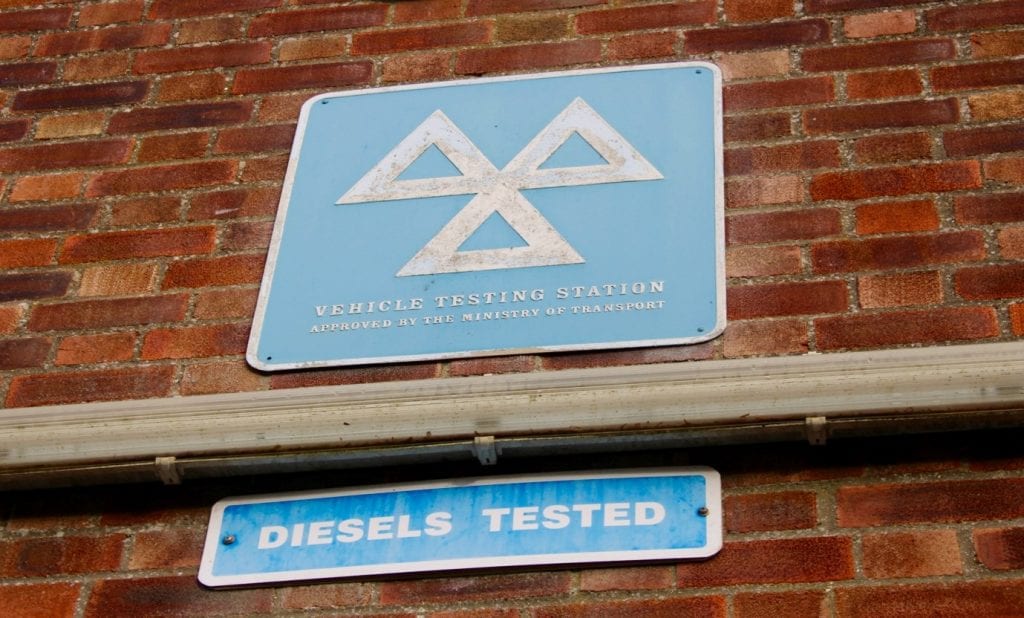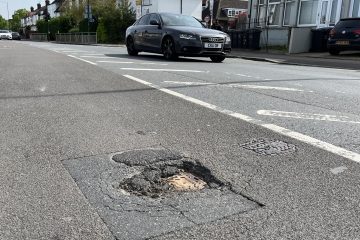
The number of nominated and authorised MOT testers disqualified from carrying out annual checks has risen sharply in recent years,new DVSA figures show.
Following appeals, a total of 178 nominated testers were stuck off during the 2017/2018 period. Compared to the figures from 2015/16, this is a rise of 82%. In addition, during the 2017/18 financial year, 41% more authorised examiners had their status withdrawn.
Testers can be warned or banned for issuing fraudulent certificates, as well as improper or careless testing.
The figures also reveal that 361 nominated testers were issued with warnings, while the DVSA refused the application of eight testers following appeals.
While the number of disqualifications have risen, during the same time period the number of warnings issued to examiners has remained similar, with a difference of ten warnings from 2015/16 and 2017/18.
With more than 23,000 testing centres in the UK, the numbers may seem slim. However, one tester was recently prosecuted for issuing 310 fake MOT certificates over 18 months. Considering around 28.9 million vehicles were tested during 2017/18, by 65,649 testers, this equates to around 440 cars per tester on average. Therefore, the disqualified testers were responsible for around 78,400 class 3 & 4 vehicles taking their MOT during that period.
Common failures
The DVSA figures also showthat lighting and signalling defects were the biggest cause of MOT failures in 2017/18, contributing to 29.6% of defects recorded. Suspension problems accounted for 20.2% of failures, while brake problems were the cause of 17.2% of refusals to issue a certificate. Tyres were next, with 10.4%.
The figures show that basic checks and maintenance could help to cut the number of MOT failures that garages are handing out. In total, 34.5% of cars presented for the annual check failed, with an average of 2.77 defects per initial test failure.
This overall failure rate is a slight drop from the 2016/17 figure of 35.4%, while in 2015/16 this number was 36.8%. In both periods, lighting and signalling issues remained the highest cause of certificate refusals, with very similar figures to the last period.




You must be logged in to post a comment.